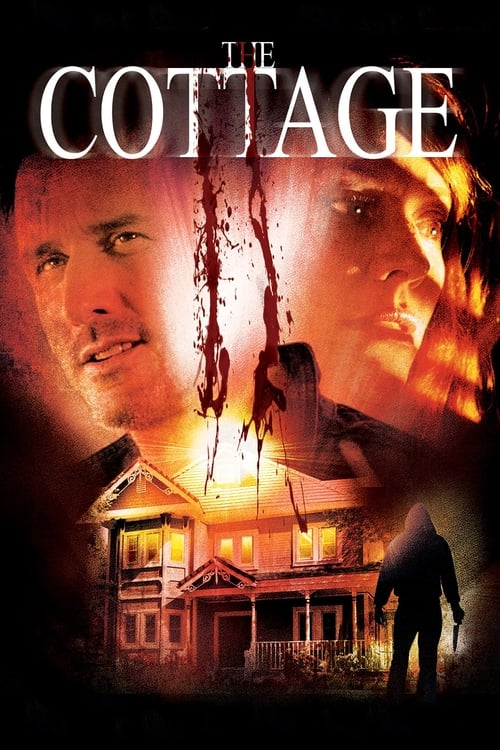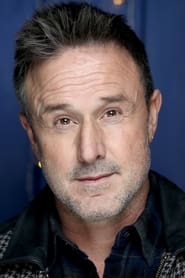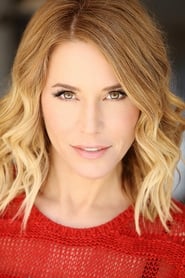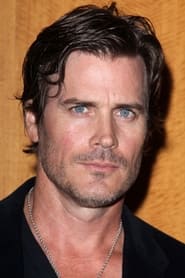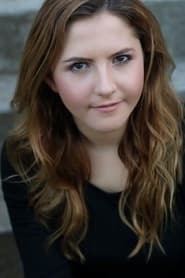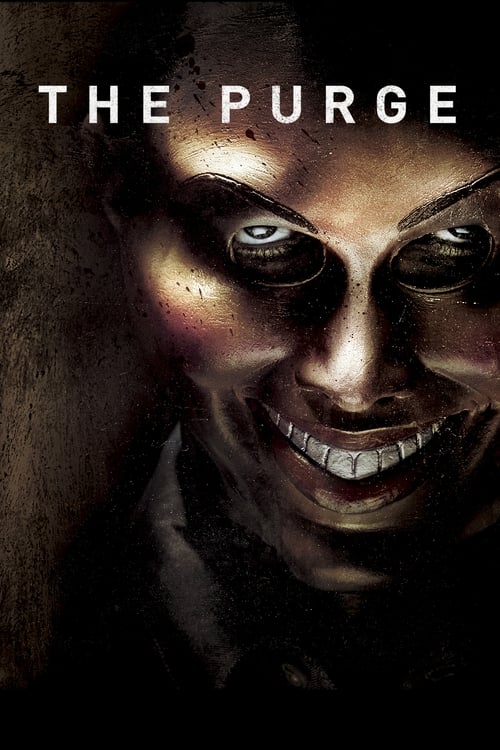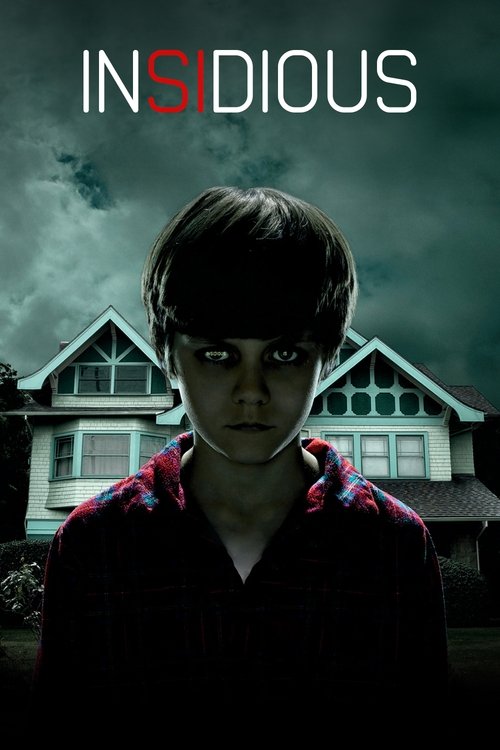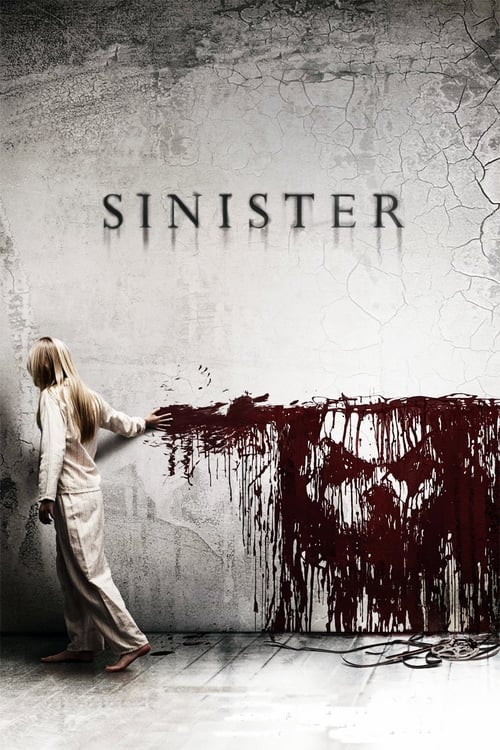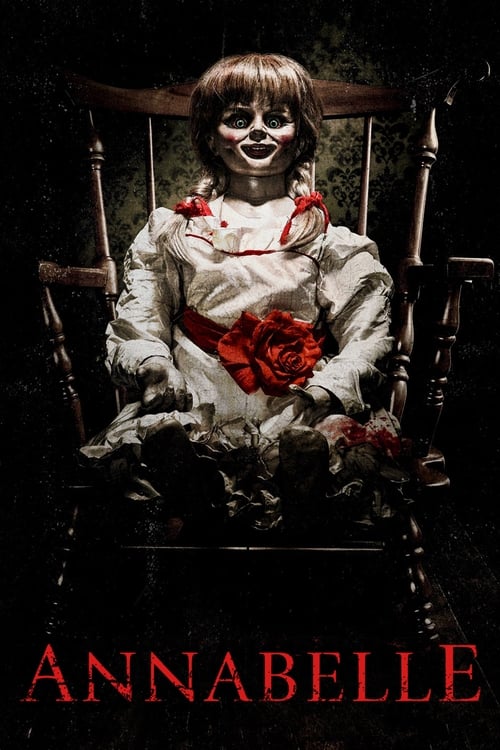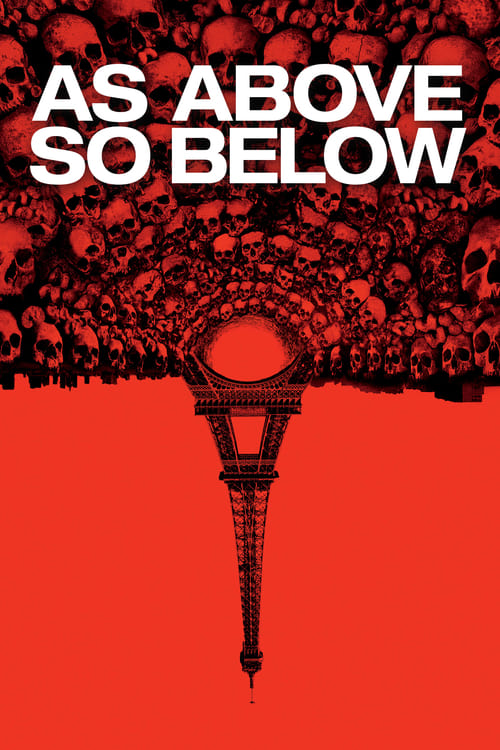
Ask Your Own Question
What is the plot?
What is the ending?
In the ending of "The Cottage," the main characters face a series of harrowing confrontations that lead to a shocking conclusion. The film culminates in a violent showdown, revealing the true nature of the antagonist and the fates of the protagonists.
As the narrative unfolds, the tension escalates. The characters, trapped in a remote cottage, confront the reality of their situation. The antagonist, a menacing figure, reveals his intentions, leading to a chaotic and bloody climax. The protagonists, driven by desperation and fear, fight for their survival. Ultimately, the ending leaves a haunting impression, with the surviving characters grappling with the aftermath of their choices and the violence they have endured.
Now, let's delve into the ending in a more detailed, chronological manner.
The climax of "The Cottage" begins as the remaining characters, David and his sister, are cornered in the cottage. The atmosphere is thick with dread; the walls seem to close in around them as they realize the true nature of their captor. The antagonist, a hulking figure with a twisted sense of justice, taunts them, revealing his motivations and the dark history that binds him to the cottage.
In a desperate bid for freedom, David and his sister attempt to escape. They navigate through the dimly lit rooms, their hearts pounding with fear. The sound of footsteps echoes ominously, heightening their anxiety. As they reach the front door, it swings open, and they are met with the imposing figure of the antagonist, who blocks their path with a sinister grin.
A struggle ensues. David, fueled by adrenaline and the instinct to protect his sister, lunges at the antagonist. The fight is brutal, filled with visceral moments of desperation. The camera captures the raw emotion on David's face--fear, determination, and a flicker of hope. His sister watches, paralyzed by terror, as the chaos unfolds.
As the confrontation escalates, the cottage becomes a battleground. The walls, once a sanctuary, now echo with the sounds of violence. David manages to gain the upper hand momentarily, but the antagonist's sheer strength proves formidable. In a heart-stopping moment, David is thrown against the wall, the impact reverberating through the room.
Just when it seems all hope is lost, David's sister finds her courage. She grabs a nearby object--a heavy lamp--and strikes the antagonist from behind. The blow is decisive, and the antagonist stumbles, giving David the chance to regain his footing. Together, they overpower him, but not without sustaining injuries that leave them both shaken.
In the aftermath, the siblings stand over the defeated figure of the antagonist, breathing heavily, their faces smeared with sweat and blood. The reality of what they have done sinks in. They exchange a look filled with a mix of relief and horror, understanding that they have crossed a line from which there is no return.
As dawn breaks, the first light filters through the windows, casting a soft glow over the chaos. David and his sister, battered but alive, step outside the cottage. The world around them is eerily quiet, a stark contrast to the violence they just endured. They walk away from the cottage, leaving behind the remnants of their nightmare, but the weight of their experience lingers.
The film concludes with a haunting silence, emphasizing the emotional toll of their ordeal. The fate of David and his sister is uncertain; they have survived, but the scars--both physical and emotional--will remain with them forever. The cottage, once a place of refuge, now stands as a grim reminder of their struggle and the darkness that can lurk within seemingly safe spaces.
Is there a post-credit scene?
In the movie "The Cottage" (2012), there is no post-credit scene. The film concludes without any additional scenes or content after the credits roll. The story wraps up with the resolution of the main plot, focusing on the characters' fates and the aftermath of the events that transpired throughout the film. The absence of a post-credit scene leaves the audience with the finality of the narrative, emphasizing the themes of survival and the consequences of the characters' actions.
What motivates the character of David to take drastic actions throughout the film?
David, portrayed as a desperate and troubled individual, is driven by a mix of fear, guilt, and a desire for redemption. His actions are often impulsive, stemming from his need to protect his family and himself from the consequences of their situation.
How does the relationship between David and his brother change over the course of the film?
Initially, David and his brother are at odds, with tension stemming from their differing views on how to handle their predicament. As the story unfolds, they are forced to confront their past and their familial bonds, leading to moments of reconciliation and deeper understanding.
What role does the cottage itself play in the story?
The cottage serves as a pivotal setting that embodies both refuge and entrapment. It is where the characters confront their fears and secrets, and its isolation amplifies the tension and sense of danger as the plot progresses.
How does the character of the antagonist influence the events in the film?
The antagonist, a menacing figure, embodies the external threat that drives the plot forward. His actions create a sense of urgency and fear, forcing the protagonists to make difficult choices and revealing their true natures under pressure.
What are the key turning points for the character of Emily in the film?
Emily experiences significant turning points that challenge her perceptions of safety and trust. Her journey from innocence to a more hardened reality is marked by moments of betrayal and survival, ultimately shaping her character's resilience.
Is this family friendly?
The Cottage (2012) is not considered family-friendly and contains several potentially objectionable or upsetting elements. Here are some aspects that may be concerning for children or sensitive viewers:
-
Violence: The film features scenes of physical violence, including attacks and confrontations that may be graphic and intense.
-
Horror Elements: As a horror-comedy, it includes suspenseful and frightening moments that could be distressing, particularly for younger audiences.
-
Language: There is the use of strong language throughout the film, which may not be suitable for children.
-
Dark Themes: The narrative explores themes of betrayal, fear, and survival, which may be unsettling for some viewers.
-
Gore: There are instances of blood and gore that are typical in horror films, which could be disturbing.
-
Adult Situations: The film includes adult humor and situations that may not be appropriate for younger viewers.
Overall, The Cottage is aimed at an adult audience and contains content that may be upsetting or inappropriate for children.

